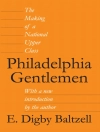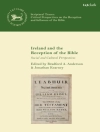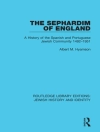This is the first interdisciplinary exploration of machine culture in Italian futurism after the First World War. The machine was a primary concern for the futuristi. As well as being a material tool in the factory it was a social and political agent, an aesthetic emblem, a metonymy of modernity and international circulation and a living symbol of past crafts and technologies. Exploring literature, the visual and performing arts, photography, music and film, the book uses the lens of European machine culture to elucidate the work of a broad set of artists and practitioners, including Censi, Depero, Marinetti, Munari and Prampolini. The machine emerges here as an archaeology of technology in modernity: the time machine of futurism.
विषयसूची
Introduction: the rape of Europa
1 Futurismo and the machine
2 Mechanic machi(ni)smo: Filippo Tommaso Marinetti
3 Style of steel: Fortunato Depero in ‘dynamoland’
4 At the frontier of futurismo
5 Between technodialogism and cosmic idealism
6 From aerodancing technobodies to dysfunctional machines
Conclusion: ex machina
Index
लेखक के बारे में
Katia Pizzi is Senior Lecturer in Italian Studies at the Institute of Modern Languages Research, School of Advanced Study, University of London.












